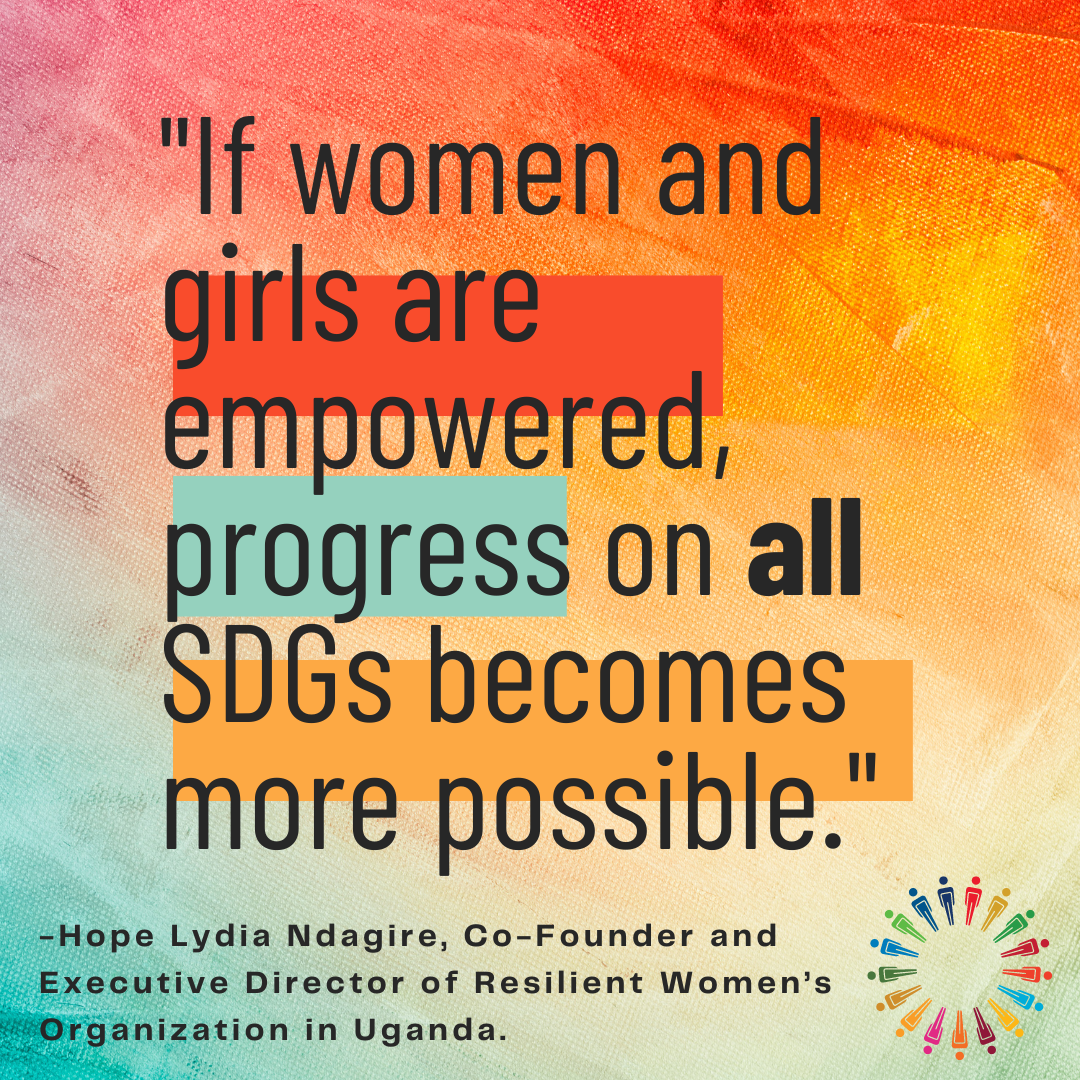
Future of Fish’s communications and research manager, Stephanie Stinson, recently completed Gender Data 101, a course facilitated by TechChange that aims to expose course participants to the best practices, methodologies, and tools to utilize when working with gender data for social impact. Additionally, the course strives to engage learners to limit biases, close gender gaps, and incorporate intersectional thinking throughout each step of the gender data value chain.
Recognizing the importance of these objectives in service to successfully delivering on the UN’s multifaceted Sustainable Developments Goals (SDGs), while also seeking to enhance her data knowledge as Future of Fish dives into the digital services landscape, Stephanie embarked on the course with a drive to discover. She shares her learnings and reflections in a series of blog articles exploring what the gender data gap is and how it intersects with the SDGs; why a gender-specific lens is key in natural resource management; and how the adoption of digital services could help decrease the gender data gaps present at the intersection of natural resource management and livelihoods in low- and middle-income countries (LMICs.)
“Without data being collected, there is the erasure of people’s existence.” -Alesandra Ogeta, guest expert lecturer in Gender Data 101
As development practitioners, even if we aren’t the ones collecting raw data, our work intersects with the data value chain in some fashion. The programming we develop, the policies we advocate for, the white papers and industry reports we produce, and the advancements we desire to see as a result of our work all fall somewhere along the data value chain (namely, publication, uptake, and impact.) These work products and outcomes all rely on good data as their foundation. In all likelihood, however, the gender data gap realistically places their accuracy and utility on faulty footing. The male point of view has been the default point of view that has shaped our society for centuries, leading to a lack of data collection and understanding of how women exist in and interact with the world. This omission manifests over and over again in ways that harm women. According to UN Women, only 13% of countries dedicate a budget to gender statistics. With development actors becoming increasingly aware of how the gender data gap clouds the efficacy and equity of their work, adopting a gender-specific approach at all junctures along the data value chain is required.
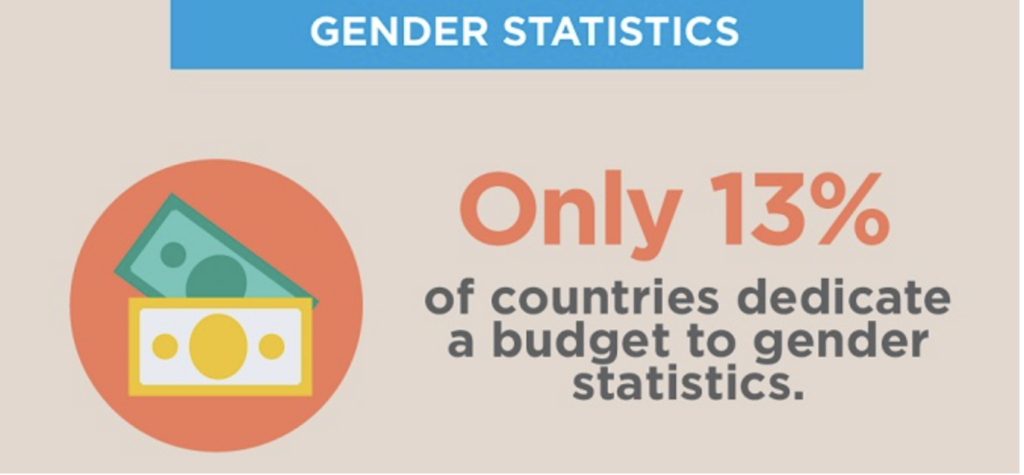
Image Credit: UN Women’s Flagship Program, “Making Every Woman and Girl Count”
Gender data is the key to the success of the UN Sustainable Development Goals
The United Nations’ Sustainable Development Goals (SDGs) framework is a “comprehensive shared blueprint for peace and prosperity for people and the planet, now and into the future.” The framework was adopted in 2015, building on decades of work by the UN and its member states. The SDGs recognize that “ending poverty and other deprivations must go hand-in-hand with strategies that improve health and education, reduce inequality, and spur economic growth – all while tackling climate change and working to preserve our oceans and forests.” Therefore, the shortage of gender statistics being collected should concern anyone working in the messy, complex space of endeavoring to deliver on the UN’s Sustainable Development Goals.
A March 2023 UN Women Op-ed: Gender data can reinvigorate the SDGs not only champions increased gender data collection, but sees it as a way to rescue the SDGs following a series of intersecting crises that have significantly derailed progress to deliver on the Global Goals by the 2030 deadline. Development practitioners dedicated to advancing “peace and prosperity for people and the planet,” should recognize that the success of their work is grounded in embracing two truths: one, that women and girls make up half of the planet’s population, so how they experience the world around them cannot be overlooked or treated as an anomaly. Rather, research, data collection, and program design from the female experience must be well thought out and meticulously executed. Secondly, embracing the intersectionality of how gender influences the outcomes of the SDGs is the only way we will be able to holistically deliver on them, by 2030 or any future date.
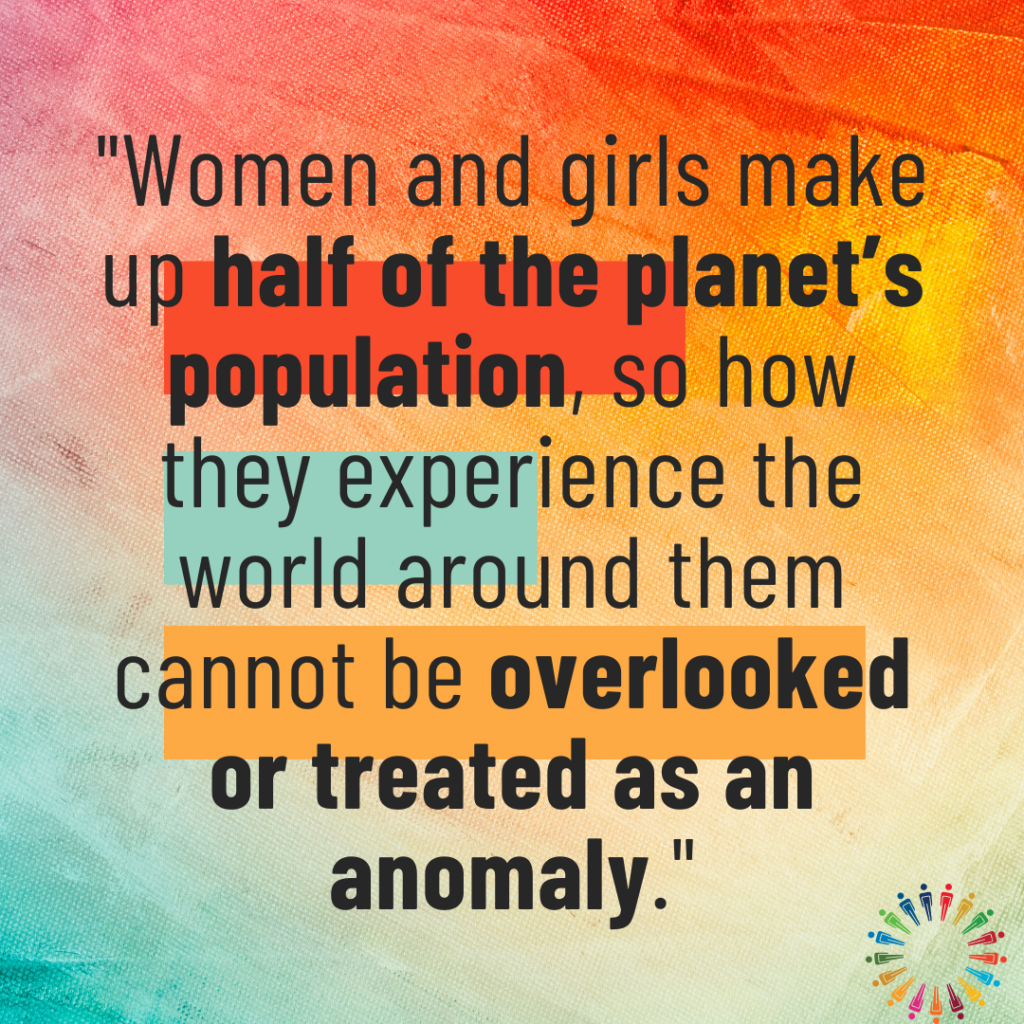
SDG 5 strives to “achieve gender equality and empower all women and girls,” but examine Data 2X’s work highlighting where gaps in gender data exist across all sectors and it becomes apparent that the notion of what success looks like across the SDG thematic objectives and how it is to be achieved will vary widely when a gendered lens is applied. When trying to advance change via such a noble, albeit wieldy and elaborate, vehicle such as the SDGs, it is easy to get lost in the complexity. Having precise indicators behind the goals is what ensures practitioners are staying on target, with accountability to the Global Goals.
To its credit, 54 of the SDG framework’s 232 indicators (or roughly 23%) apply gender-specific indicators. This is good news as understanding gender’s role in a person’s nutritional, health, educational, or economic needs is vital to being able to deliver on the Global Goals equitably. At the same time, six of the seventeen SDGs lack gender-specific indicators altogether. They include:
- SDG 6: clean water and sanitation
- SDG 7: affordable and clean energy
- SDG 9: industry, innovation, and infrastructure
- SDG 12: responsible consumption and production
- SDG 14: life below water
- SDG 15: life on land
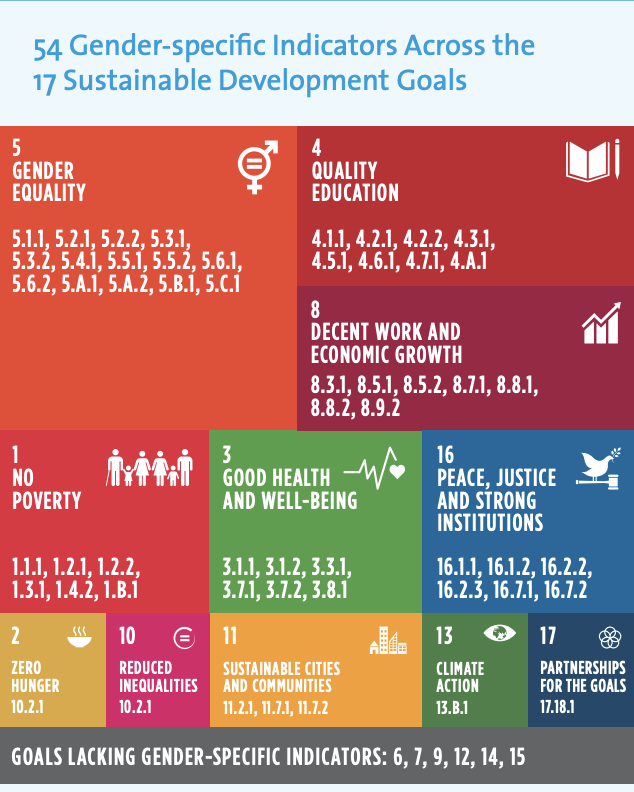
Image Credit: UN Women’s Issue Brief, “Making Women and Girls Visible: Gender Data Gaps and Why They Matter”
Simply put, not building out gender-informed SDG indicators for six of the seventeen Global Goals is inadequate. Moreover, it is worth noting that according to the UN Women issue brief, only 12 of the 54 gender-specific indicators are produced with enough regularity that sufficient data is available to monitor progress in these goals across all regions. If left unaddressed, these gaps in gender indicators —across all 17 Global Goals and across all regions— ensure the fate of the SDGs as another empty promise of the development community.
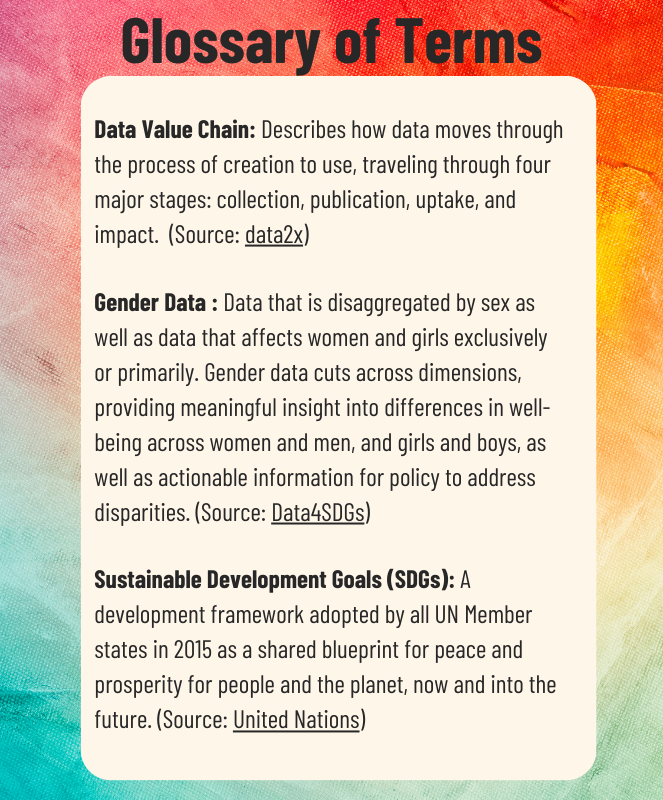
Published Aug 04, 2023




